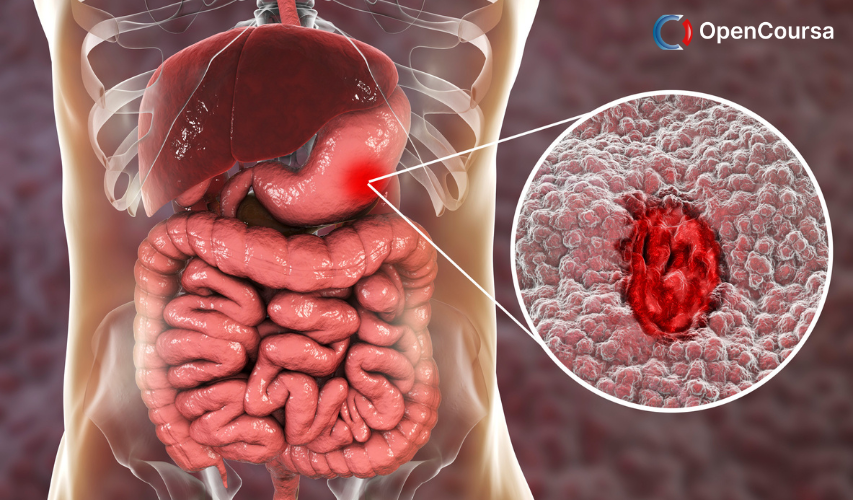Home » Course Layouts » Free Course Layout Udemy
Grammar matters because, combined with vocabulary choice, it is our main way of making meaning. This course introduces you to one approach used to understand how meanings relate systematically to different aspects of grammar and show how this deeper understanding can be applied to make everyday communication more effective.
0
58
English
English [CC]
FREE
- Learn basic syntax that can apply to any language.
- Learn what is a programming language and the basic concepts for beginners.
- Understand what is Javascript in it's truest form.
- Know the basic syntax of Javascript.
- Know some hidden quirks in Javascript.
Description
Introduction
Many people believe that grammar matters hugely. For some, grammar matters principally because it is important to adhere to standards of accurate, clear and correct usage. Some people believe that the presence or absence of grammatical errors says a lot about the writer (for example, errors can signal ‘laziness’) and can provoke strong reactions. Another reason for considering grammar to be an important area of study is that, combined with vocabulary choice, it is our main way of making meaning. Linguists have studied the relationship between word and grammar choices on one hand and meaning or function on the other. Halliday’s functional approach to the study of grammar is useful because it can enable us to better understand how written texts and spoken language work and how they relate to the context in which they are generated. In turn, this can enable us to develop our use of grammar to say what we mean more successfully, and so to make our speech, writing and other communication more effective. So, in this course, you will see how studying grammar as a tool for meaning-making has numerous useful applications in the real world of professional practice and everyday communication.Course learning outcomes
After studying this course, you should be able to:- Understand that grammar can be seen as a flexible and useful tool for meaning-making
- Understand how grammar and vocabulary choices together create a range of different meanings
- See how an awareness of grammar as a tool for meaning-making can be applied to a range of real-world situations in everyday life and professional practice.
Course content
-
- Why does grammar matter? 00:40:00
- Different reasons why grammar matters 00:20:00
- Meaning and consequences 00:25:00
- Functional grammar and its uses 00:35:00
-
- What do we mean by ‘meaning’? 00:15:00
- Ideational meaning – talking about what’s going on 00:10:00
- Representing events 00:40:00
- Textual meaning – organizing messages to make sense in the context 01:00:00
- It’s all in the packaging 00:50:00
- Grammar in the real world 01:00:00
- Subject learning in schools 01:00:00
N.A
- 5 stars0
- 4 stars0
- 3 stars0
- 2 stars0
- 1 stars0
No Reviews found for this course.
Instructor
Open University UK
4.8
4.8
14
43384
1068
Explore Free Courses
Access valuable knowledge without any cost.
{"title":"","show_title":"0","post_type":"course","taxonomy":"course-cat","term":"engineering-skills,health-and-safety","post_ids":"","course_style":"free","featured_style":"course6","masonry":"","grid_columns":"clear4 col-md-3","column_width":"268","gutter":"30","grid_number":"4","infinite":"","pagination":"","grid_excerpt_length":"20","grid_link":"1","grid_search":"0","course_type":"","css_class":"","container_css":"","custom_css":""}










